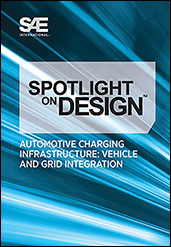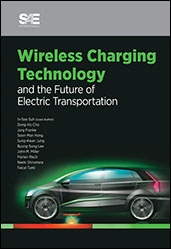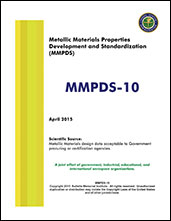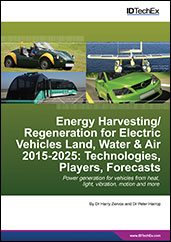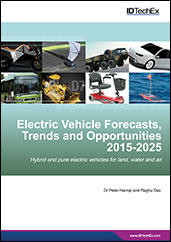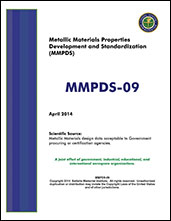Book
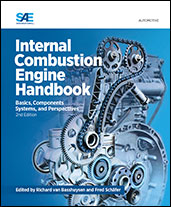
Internal Combustion Engine Handbook, 2nd English Edition
2016-03-07
More than 120 authors from science and industry have documented this essential resource for students, practitioners, and professionals. Comprehensively covering the development of the internal combustion engine (ICE), the information presented captures expert knowledge and serves as an essential resource that illustrates the latest level of knowledge about engine development. Particular attention is paid toward the most up-to-date theory and practice addressing thermodynamic principles, engine components, fuels, and emissions. Details and data cover classification and characteristics of reciprocating engines, along with fundamentals about diesel and spark ignition internal combustion engines, including insightful perspectives about the history, components, and complexities of the present-day and future IC engines.



